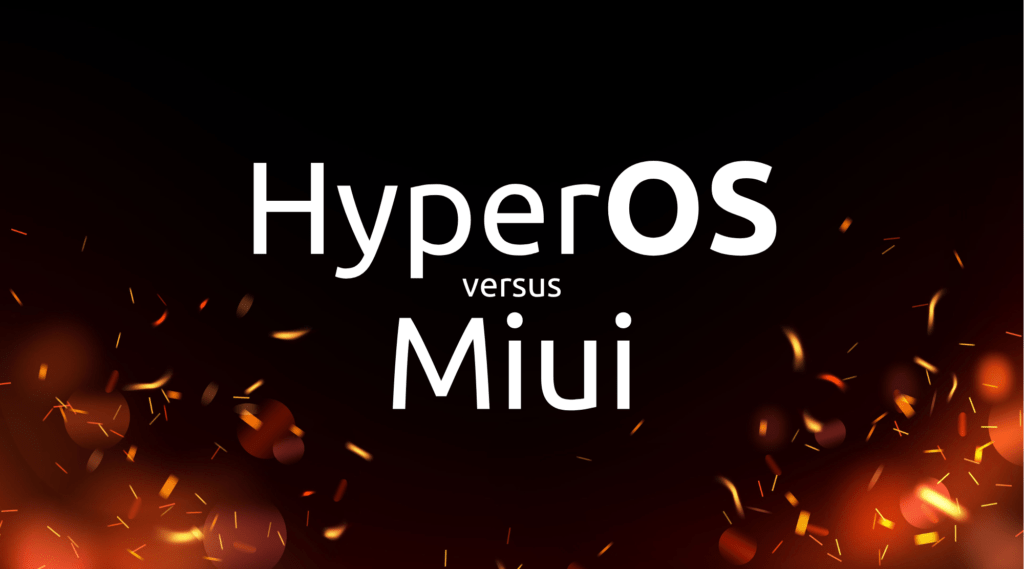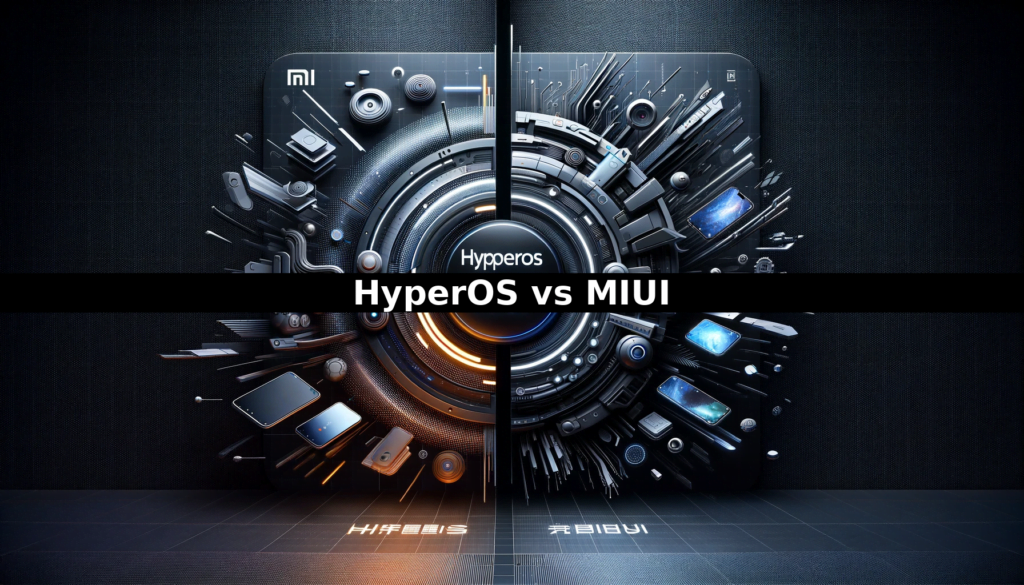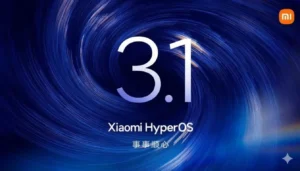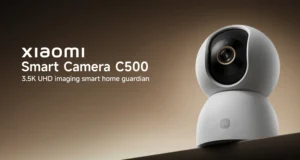HyperOS vs. MIUI: Comparing Xiaomi’s Operating Systems

Introducing HyperOS: A Game Changer for Xiaomi Users
Attention, Xiaomi enthusiasts! A new era is dawning. With the introduction of HyperOS, your Xiaomi device is set to undergo a fundamental transformation. HyperOS is not just another version of MIUI; it’s a complete, ground-up reinvention of the operating system. It’s more than just a layer over Android – it’s a standalone operating system designed to revolutionize how you interact with your device. HyperOS brings an improved user interface and a suite of new features and capabilities, tailor-made for the Xiaomi experience. The Dawn of HyperOS: Revolutionizing Xiaomi’s Ecosystem.
HyperOS marks a pivotal step for Xiaomi in breaking free from the limitations and dependencies of traditional Android updates. This independence allows for faster, more efficient updates and features specifically developed for Xiaomi users. Expect your Xiaomi device to be more responsive and attuned to your needs, thanks to HyperOS.

Transition to HyperOS: What Does It Mean for Your Xiaomi?
Shifting to HyperOS brings significant changes, not just in the operating system but also in how updates are delivered. Unlike MIUI, which is based on Android, HyperOS is developed and maintained directly by Xiaomi. This control over updates and feature development means your Xiaomi device will be quicker to adapt to new trends and requirements.
The move away from Android’s development cycle enables Xiaomi to create a more coherent and integrated ecosystem. This affects not just smartphones, but also tablets, smartwatches, and other Xiaomi products. Expect seamless interaction and a unified user experience across the entire Xiaomi portfolio.

Enhanced Update Cycles and Expanded Capabilities
With HyperOS comes a transformation in update cycles for Xiaomi devices. No longer reliant on new Android releases, Xiaomi can independently roll out updates and improvements on its own schedule. This means faster, more efficient updates tailored to Xiaomi hardware and software.
Moreover, HyperOS opens the door to enhanced device performance. As it’s specifically developed for Xiaomi hardware, it can be finely tuned to the unique characteristics and requirements of the devices, leading to a smoother, more efficient user experience.

HyperOS: A Leap into the Future of Artificial Intelligence
A key feature of HyperOS is its deep integration with artificial intelligence (AI). Xiaomi is committed to weaving AI into every aspect of the operating system. This means your Xiaomi device will not just respond to commands but also learn and adapt to your habits and preferences. Expect a personalized, intuitive user experience that continually improves.
AI integration in HyperOS will enable Xiaomi to offer innovative features and services beyond what’s possible with conventional operating systems. Your Xiaomi device will become not just a tool but an intelligent companion, adapting to your lifestyle and helping you live more efficiently and comfortably.
Conclusion: The Future is HyperOS
The launch of HyperOS is a significant milestone in Xiaomi’s evolution. It’s more than a new operating system; it’s a step into a future where your Xiaomi devices are smarter, more efficient, and better integrated. With HyperOS, Xiaomi is cementing its position as a leading technology innovator and placing you, the user, at the center of an exciting new tech experience.

FAQ 1: What is HyperOS and How Does it Differ from MIUI?
HyperOS is a groundbreaking development for Xiaomi devices, marking a departure from MIUI. Unlike MIUI, which is essentially a layer over Android, HyperOS is a standalone operating system designed from the ground up. It offers an enhanced user interface and a suite of innovative features tailored to the Xiaomi ecosystem. This new operating system aims to revolutionize the way users interact with their devices, offering a more responsive and personalized experience.
FAQ 2: What Advantages Does HyperOS Offer Over Traditional Android Updates?
HyperOS signifies Xiaomi’s move towards greater independence from Android’s update cycle. This shift allows for faster and more efficient updates, as Xiaomi now has complete control over the development and maintenance of its operating system. Users can expect more rapid adaptation to new trends and user needs, along with a unified and coherent experience across all Xiaomi devices, including smartphones, tablets, and smartwatches.
FAQ 3: How Will Update Cycles Change with HyperOS?
The introduction of HyperOS transforms the update cycle for Xiaomi devices. Freed from the constraints of Android’s release schedule, Xiaomi can now independently roll out updates on its own timeline. This means users can expect quicker, more tailored updates that are optimized for Xiaomi’s hardware and software, leading to enhanced device performance and a smoother user experience.
FAQ 4: What Role Does Artificial Intelligence Play in HyperOS?
Artificial Intelligence (AI) is a cornerstone of HyperOS. Xiaomi has deeply integrated AI into the operating system, enabling devices to learn and adapt to user habits and preferences. This results in a highly personalized and intuitive user experience that continually evolves. With AI, HyperOS can offer innovative features and services, transforming Xiaomi devices into intelligent companions that seamlessly integrate into and enhance the user’s lifestyle.
Discover the differences between HyperOS and MIUI, and how your Xiaomi device will transform with the new operating system.
Tags: Xiaomi, HyperOS, MIUI, Android, Operating System, Smartphone Updates, Xiaomi Devices, Artificial Intelligence, Technology Innovation, Xiaomi Ecosystem, User Experience.








12 thoughts on “HyperOS vs. MIUI: Comparing Xiaomi’s Operating Systems”